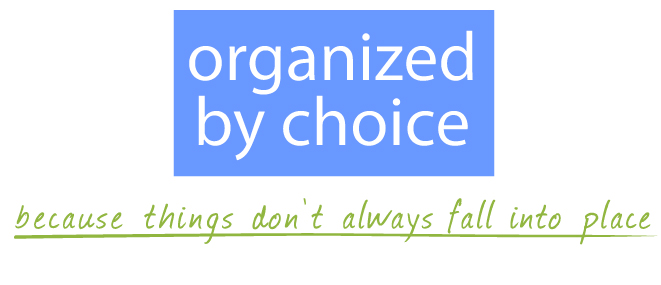I discovered parchment paper! How did I not know about this for so long?? It’s not like I just started baking last year. For years I’ve pried stuck-on cookies off baking sheets, and had to soak them before washing. What a discovery parchment paper was! My baked goods slide right off the pan and leave nary a crumb.
Sometimes a simple fix can make all the difference in our ability or enjoyment of a task. Not all of us are bakers, but all of us are tax payers. I’m not proposing that we can “enjoy” preparing our taxes, but I can help take the dread out of it.
Last year I set up a tax document system for a client. This month as we prepared her paperwork, she commented, “That was too easy!” It made her a little nervous, because it’s normally a more arduous task. Were we leaving something out? Nope! She just had the tools to make the task more manageable.
If you’re one of the many who find themselves in a panic trying to locate all the numbers and documents your accountant requires, check out the Timely Tips and next year your tax prep will be "too easy" too!
TIMELY TIPS - to make tax time too easy!
Compile a List
Go to www.irs.com/articles/tax-form-checklist or use the itemized list your accountant requested for this year’s tax preparation. This is a starting point for knowing which documents you need to collect for next year’s taxes.
Double-check Deductions
Things change over time, so watch for new deductions you might qualify for. For example, if you have a rough year health-wise, you may qualify for a deduction for medical expenses (must surpass 10% of your adjusted gross income, unless self-employed). If you started a home business, you can deduct a portion of the cost of your utilities. Teachers who spend their own money on classroom materials (which is all the teachers I know), receive an above-the-line tax deduction for those expenses. Child care, relocating, cost of financial planning, these all have deductions for those who itemize and qualify. Check out this list at RealSimple.com for commonly overlooked deductions. Always allow your accountant and/or legal counsel have the final say on your personal and business taxes.
Create a "Tax Records" Spreadsheet
On Sheet 1 list all your income sources-- W2s, investments, unemployment, Social Security, rentals, etc. Below those, list your income adjustments-- mortgage interest, IRA contributions, students loan interest, self-employed health insurance, etc. That's column one. In column two record the totals. These documents normally arrive in January following the tax year.
On Sheet 2 list your deductions-- charitable contributions/donations, childcare costs, business expenses, etc. Use column two for the totals. Use additional sheets for tabulating deductions that have multiple entries throughout the year.
Use your "Tax Records" spreadsheet as a template, so you don't need to recreate it every year. "Save As" and label it Taxes 2017. Print it out, or manage it on the computer for easy calculations.
Create "Tax Records" Files
Use your spreadsheet as a guide to create labeled folders for your tax documents. If you have minimal documents, you can keep it simple with three folders-- Income, Income Adjustments, and Deductions. Create additional folders as needed for categories with multiple documents like Medical Expenses, Contributions, etc. Store these in a file drawer, file tote, or digital file if you're going paperless.
Execute!
Determine to maintain your system by not allowing your tax documents to land anywhere but in the designated folders, filing immediately upon receipt. You may choose to record them on your spreadsheet as they arrive, or monthly, quarterly, etc. Create duplicate "to be recorded" folders if needed. At the end of 2017 your tax prep will be "too easy!"
wise words
The best way to teach your kids about taxes is by eating 30% of their ice cream. -Bill Murray (We all need a little humor during tax season!)
